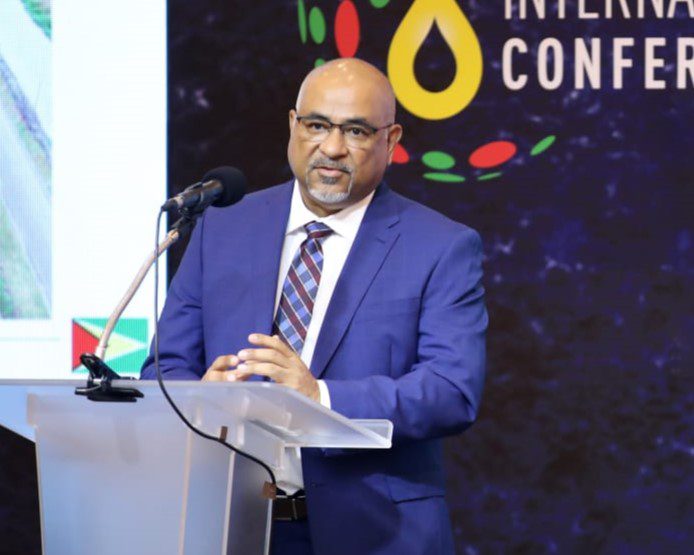CGX Energy has found itself in a position where selling assets has become an apparent strategy for financial sustenance. The company’s 2023 quarterly financial report shines a dazzling light on this trajectory.
A significant development, in this regard, is the recent Joint Operating Agreement Amendment (JOA) with Frontera Energy Corporation. Due to unexpected costs associated with the Wei-1 well, which CGX and Frontera control, CGX struck a JOA with Frontera to transfer up to 4.7% of its 32% participating interest in the block to Frontera. In exchange, Frontera would cover CGX’s outstanding expenses related to Wei-1, approximately US$16.5 million.
While this decision provides CGX with much-needed immediate financial relief, it comes at a potential long-term cost. The company’s stake in the block will reduce from its current 32% to 27.3%, once approvals are granted. This means lesser returns for CGX in future, if the partners move to develop the Corentyne Block – a clear case of having to secure the present at the cost of the future.
The JOA is just the latest in a long line of sacrifices made by CGX to secure the funds to meet its obligations in Guyana.
When Frontera first farmed into the Corentyne Block in 2019, it got a 33.33% stake. Once the recent transaction is approved, it will have 72.7%. Consequently, CGX’s 66.66% in 2019 will drop to 27.3%. No other license operator offshore Guyana has such a low stake. Guyana’s Petroleum Activities Law makes no specifications about the size of stake an operator should have, nor did the recently repealed law which had been in operation for nearly four decades. But the government is setting a new precedent with the ongoing offshore licensing round, in which the mandate is that an operator in a consortium is not allowed to hold less than a 35% stake in a block. Officials have not said why they set this bar, but whatever the motivations are, could interfere with any attempt by CGX to make its already low Corentyne Block stake, lower.
CGX has also been selling itself out to Frontera to meet its needs. The more experienced and better capitalised Frontera has been slowly acquiring CGX – and it is primarily by covering CGX’s Corentyne Block expenses that Frontera has been able to do this. Frontera holds 76.05% of the issued and outstanding common shares of CGX on a diluted basis and has the voting power to influence the outcome of all CGX’s corporate transactions.
So, how next will CGX meet future obligations? By selling itself or its Corentyne Block stake? According to CGX’s quarterly highlights, it may seek to secure further financing through a joint venture, property sale or issuance of equity.
CGX’s direction in Guyana heavily depends on the outcome of studies of the Wei-1 discovery. CGX said it may drill more wells, but that depends on positive results at Wei-1.
In addition to potential future work on the northern Corentyne area, CGX is responsible for construction of the Berbice Deep Water Port. This port stands as a testament to CGX’s commitment to meeting the upstream petroleum sector’s needs offshore Guyana and Suriname. However, this commitment does not come cheap. CGX said its subsidiary, Grand Canal Industrial Estates, incurred additions of US$551,549 in the first half of 2023, on top of US$3.2 million up to the end of 2022. Having been criticised by Guyana officials for taking too long to complete this project, CGX aims for operation of the base by mid-2024.




